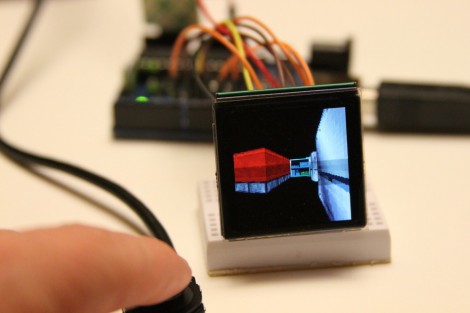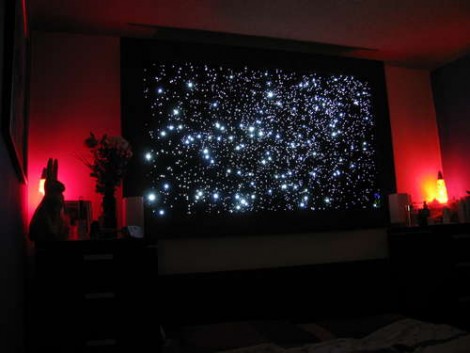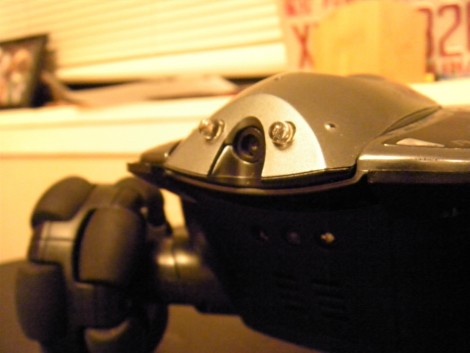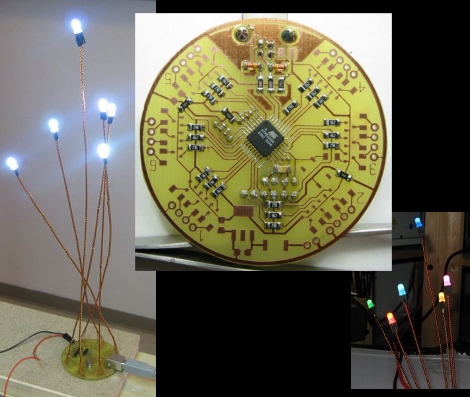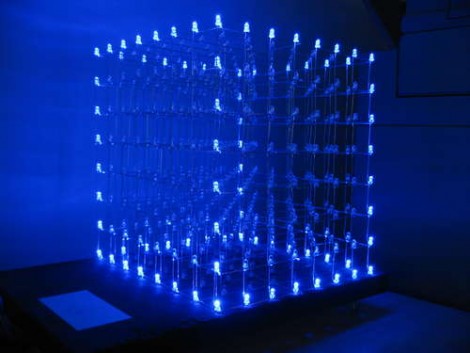
[John Riney] picked up three strands of addressable Christmas lights and used them to make a scrolling marquee. You may remember that the G-35 lights were hacked at the beginning of December, and we saw a project or two that involved these fun toys.
In order to make the display [John] modified the original packing material to hold three strands in a six by eighteen grid for a total of 108 pixels. In the video after the break he points out one interesting feature of the strand that we don’t remember from looking at the original hack; each bulb’s address is not fixed, it can be set after power-up. This works the same way as sending color data, except that you just send the address. This makes controlling a grid like this extremely easy from a microcontroller programming standpoint. Once all of the addresses have dropped down the serial bus, you’re ready to start sending color and intensity data packets.
The setup is fast, bright, and beautiful, taking just three pins of an Arduino for control. The only thing holding us back from trying this ourselves is the $150 price tag. But that was before the holiday, and we have heard some whispers about closeout deals on this product.
Continue reading “Scrolling Marquee Made From GE Christmas Lights”

